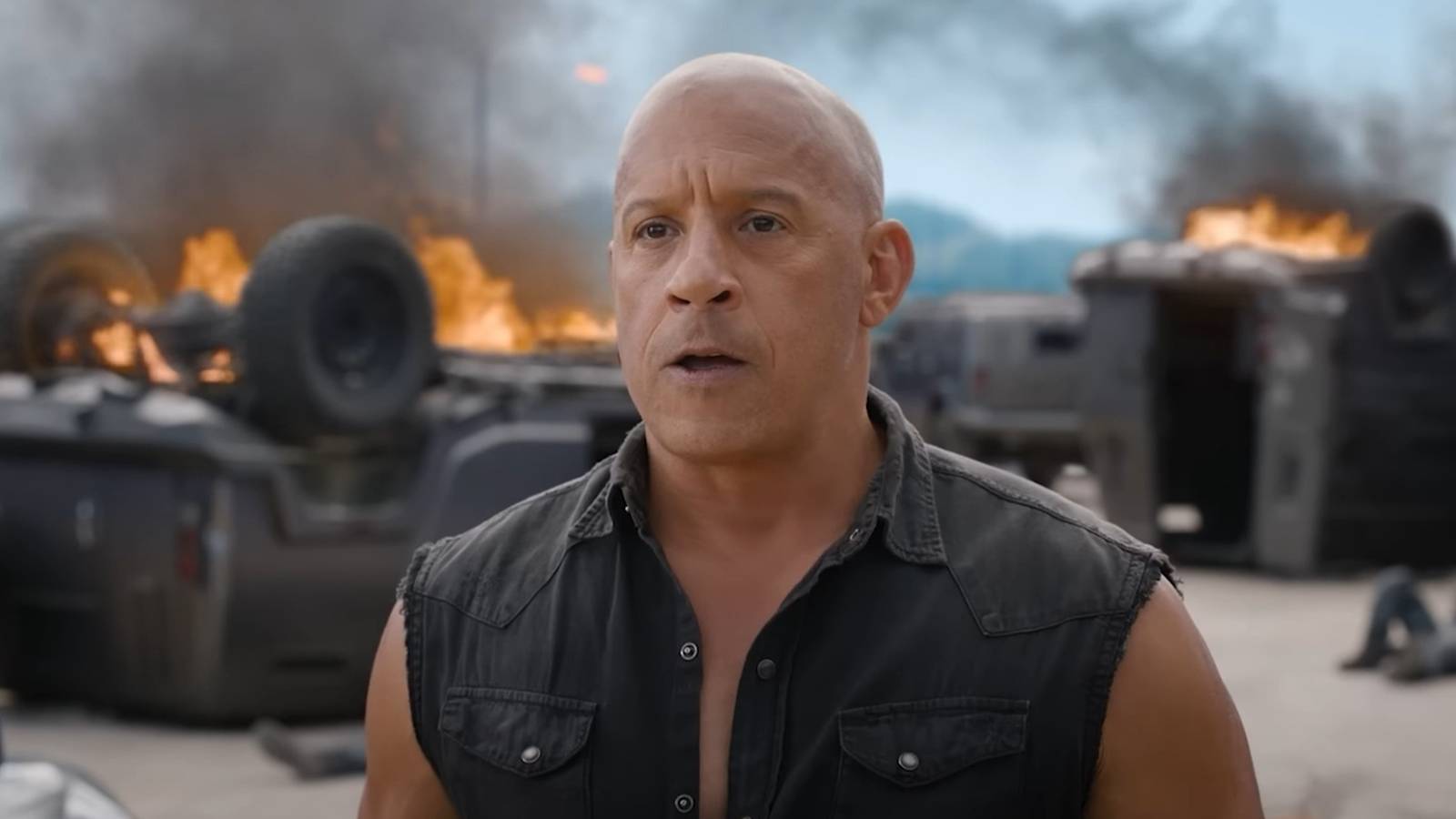Order 66 is one of the most tragic and, oddly enough, revisited events in Star Wars history, and there’s one specific theory about it that I absolutely cannot stop thinking about. When Star Wars: Episode III – Revenge of the Sith was first released, it appeared as if the clone troopers, who had been loyally serving alongside their Jedi generals for years during the Clone Wars, were secretly ready to betray them at a moment’s notice during Order 66.
The animated Star Wars: The Clone Wars TV show, however, changed this completely. One of Star Wars’ best retcons ever arrived when The Clone Wars season 6 introduced the inhibitor chips, which were secretly implanted in the minds of every clone and could compel them to follow any order without question. We’ve now witnessed the activation of these chips on several occasions, most notably in both The Clone Wars season 7 and Star Wars: The Bad Batch season 1.
While the inhibitor chips have helped to explain why the clones turned on the Jedi so quickly, that’s about the extent of our current knowledge regarding the chips. This gap in knowledge has, of course, inspired several theories about how they work outside of Order 66 specifically, including one that I can’t stop thinking about. The Kaminoans would not have put so much effort into such an effective device without other purposes – so what are these inhibitor chips really capable of?
Order 66 Obviously Implies The Inhibitor Chips Had Other Orders
There Must Be At Least 65 Others
The mere name “Order 66” implies that these inhibitor chips likely had at least 65 other orders in addition to the directive to kill all the Jedi. Many of these so-called contigency plans were outlined in Star Wars Legends, although this is no longer considered canon. That means there’s now an entirely blank slate regarding the other orders in the inhibitor chips, all of which presumably have a role and an effect similar to that of Order 66 itself.
In The Bad Batch season 1, episode 2 “Cut and Run,” Omega explains that the inhibitor chips were implanted in the clones to “modify their behavior.” This goes far and beyond Order 66 itself; at a base level, it was more than likely these chips that made the clones “totally obedient, taking any order without question,” as Lama Su describes them to Obi-Wan Kenobi in Star Wars: Episode II – Attack of the Clones. This was clearly a multipurpose chip.
Palpatine Could Have Been Using Other Orders On Clones Like The Coruscant Guard
These Brutal Forces Were Easily At His Disposal
While it would have been difficult for the Kaminoans and the other high-level officials who would have known about the inhibitor chips to use them more often on clones who were dispatched across the galaxy, such as Anakin Skywalker’s 501st Legion, it’s very possible that they could have been activated more often under Palpatine’s watchful eye – particularly within the Coruscant Guard. Shock troopers had a pretty brutal reputation as it was, which is evidenced several times in The Clone Wars.
The most exemplary shock trooper in this regard is Commander Fox, the clone commander responsible for not only hunting down Ahsoka Tano in The Clone Wars season 5, but also killing the ARC trooper Fives after he had just discovered the truth about these very same inhibitor chips. There’s no doubt that Fox and the other members of the Coruscant Guard acted much more brutally than other clones in these situations specifically, and that’s where this theory takes root.
Fox and the other members of the Coruscant Guard acted much more brutally than other clones in these situations specifically.
The fantastic fan-written story “Dominoes” by meridianpony provides an explanation for why members of the Coruscant Guard like Commander Fox may have been so brutal: their inhibitor chips were being activated far more often. In the story, Fox and other shock troopers often return from missions sanctioned by Palpatine with no memory of what they had just done, which is meant to serve as evidence that other orders within the chips are being given – forcing them to carry out darker acts.
While, within the context of the story, this is meant to explain why Fox killed Fives so readily and was so willing to turn on a Jedi like Ahsoka Tano, it could also explain why the Coruscant Guard as a whole earned such a harsh reputation. They were indeed elite troopers, but so were the various ARC troopers, commandos, and other elite clone ranks spread throughout the Grand Army of the Republic. It makes quite a bit of sense that Palpatine would take advantage of the chips with the Coruscant Guard at his disposal.
Will We Ever Get A Canon List Of The Chip’s Other Orders?
This Would Prove This Theory’s Merit Once & For All
This theory would be further supported by a canon list of the inhibitor chip’s other orders, though it’s uncertain if we will actually ever receive it. There is certainly a high demand for more clone-centric stories in Star Wars, as evidenced by the success and warm reception of shows such as The Bad Batch, which makes the likelihood of learning about these other orders quite plausible.
I think it would make the entirety of Order 66 even more tragic and complex to learn what other orders the inhibitor chips contained, especially if we could see evidence of them being used in clones like the Coruscant Guard. I’m not sure if Star Wars will ever provide this list in canon, but I would, of course, love to see it and discover if this theory truly could be correct – even if, for now, I’m already considering this theory canon.







